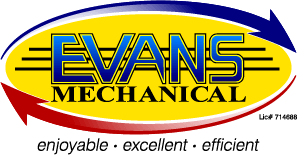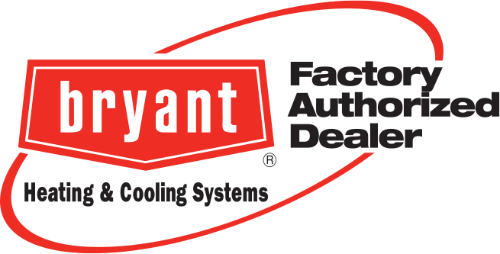Why You Should Change Your HVAC Filter This Season
Oct 27 2023
Replacing your air filter should be a part of your normal homeowner’s HVAC maintenance. This filter collects the hair, dust, and dander floating around your home and stops it from accumulating inside your heating system. It’s ideal to change this filter before winter begins to make sure your furnace is ready to combat the coming … ContinuedHow Often Does a Furnace Need to Be Serviced?
Oct 27 2023
A well-functioning furnace is crucial for maintaining a comfortable and warm home during the colder months. To ensure your furnace operates efficiently and safely, regular servicing is essential. But how often does a furnace need to be serviced? Let’s delve into this important question. Annual Furnace Maintenance Experts recommend that homeowners schedule annual furnace maintenance … ContinuedOct 27 2023
Ductless mini-split systems have gained significant popularity due to their dual purpose as heating and air conditioning solutions. These highly efficient systems offer excellent heating and cooling performance while operating quietly and smoothly, among other advantages. However, despite their many benefits, ductless mini-split systems also have certain drawbacks. Here are some of them. Tricky to … ContinuedIs It Advisable to Replace a 20-Year-Old Air Conditioner?
Oct 27 2023
The lifespan of an air conditioner is essential to consider when concerned about the safety and comfort of the home. Over time, with regular use, the unit’s performance can decline. Once the AC system reaches the age of 20, homeowners should seriously consider replacing it with a newer model. Doing so may be a wise … ContinuedWhy Your AC is Not Cooling Your Home When Running
Oct 27 2023
You just want to get home and relax in your cool house. Instead, your AC is running, but warm air is coming from your vents. This problem may result from issues that are easily solved to more complicated ones. Let’s look at what might be behind your air conditioner woes. Dirty Condenser Coils Condenser coils … ContinuedShould I Service My Air Conditioner on My Own?
Oct 27 2023
Maintaining the air conditioner in your Eureka, CA home isn’t a one-man job. However, there are several tasks that you can and should take care of, and there are also things that only a licensed professional can handle. The Dangers of Performing AC Maintenance on Your Own Air conditioners are complex, multi-unit systems. When homeowners … ContinuedComprehensive Inspection Guide for Air Conditioning Systems
Oct 27 2023
An air conditioner is an essential appliance that helps to regulate the temperature and humidity levels in homes and workplaces. To ensure that your air conditioner functions optimally and efficiently, it’s crucial to perform regular maintenance checks. Read on to discover everything you need to know about air conditioner checks. 1. Inspect the Exterior and … ContinuedOct 27 2023
The air conditioner is critical for keeping a home comfortable in summer. But, like any other machine, it needs regular maintenance to keep it running properly. One of the most common issues with air conditioners is that the coils get dirty. The buildup of dirt on the coils makes it difficult for the system to … ContinuedIs a Ductless HVAC System More Cost-Effective?
Oct 27 2023
Ductless HVAC systems, often referred to as ductless mini-splits, can be an excellent option for homes or buildings without an existing central air conditioning and/or heating system. These units are extremely energy efficient when heating and cooling, and they also give you far more control as you can set the temperature in each room to … ContinuedOct 27 2023
Hybrid heat is a heating system that combines multiple energy sources to provide warmth to a building. The most common type of hybrid heat system combines an electric heat pump with a gas furnace. The heat pump is typically used for milder weather, and the gas furnace gets used for colder temperatures. This allows the … ContinuedHow to Get More Hot Water in Your Home
Oct 27 2023
Hot water is in-demand daily to keep you and your home clean. The problem is that there never seems to be enough to do everything before it runs out. Let’s look at steps you can take to increase the hot water in your home to cover baths, dishwashing, showers, and laundry. Insulate Those Pipes One … ContinuedCan You Hide Your Outdoor HVAC Unit?
Oct 27 2023
Whether you have a heat pump or a traditional HVAC system, you likely have an outdoor condensing unit that plays a critical role in keeping your home comfortable. These outdoor units are designed to be functional rather than look nice, and it’s for this reason that you may want to hide yours. Fortunately, there are … Continued


